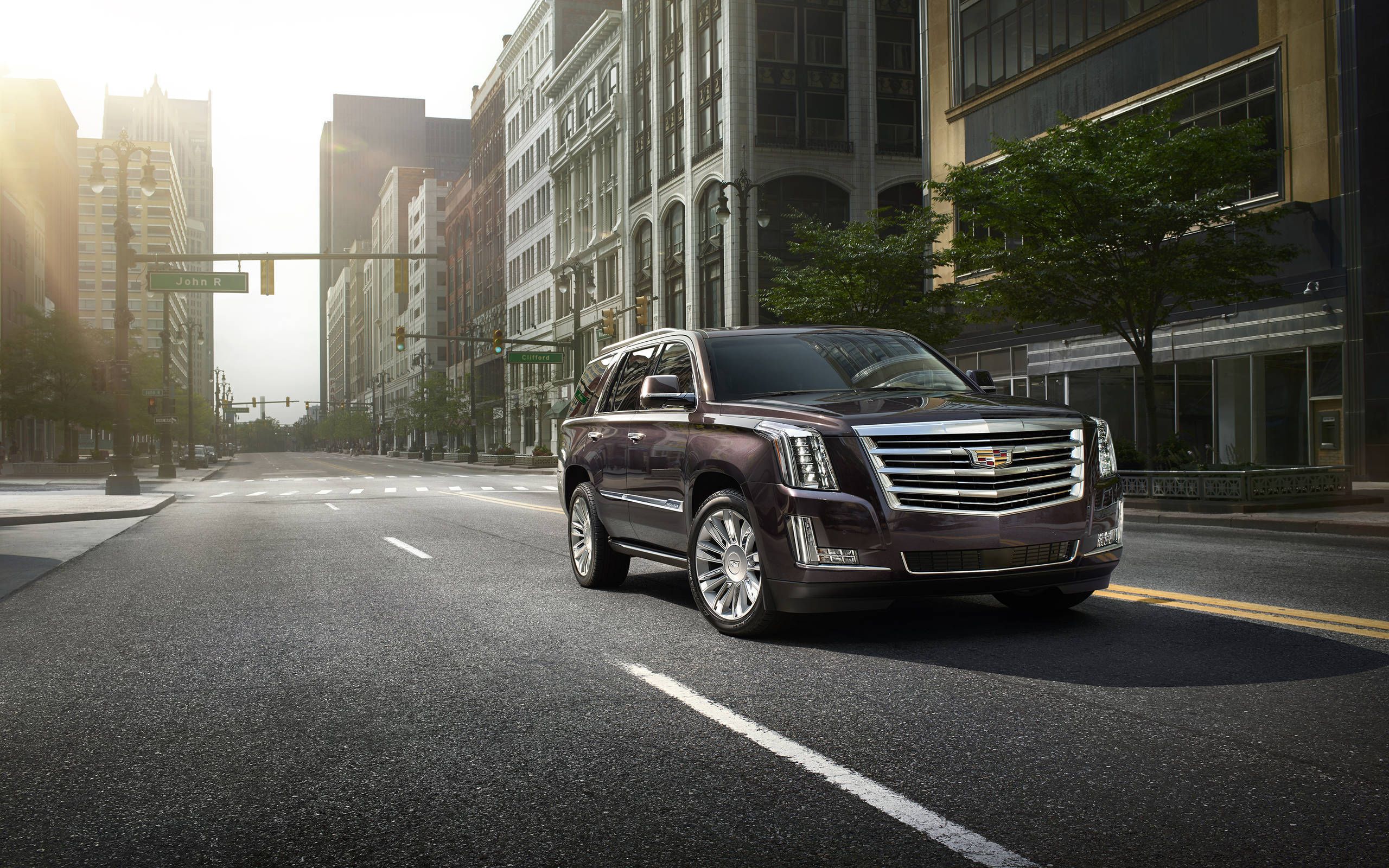

PLATINUM NOTES 4 REVIEW PRO
The Surface Laptop 4 solidly beats both the MacBook Pro and the MacBook Air on Cinebench R23 Multi, and that task alone - it lost to both machines on every other test we ran, including all three Geekbench tests, the Puget for Premiere Pro benchmark, and the Premiere Pro export. (16:33 is a slower time than we’ve seen from many Intel models, but that’s expected since AMD chips don’t support Intel’s Quick Sync.) The Laptop 4 also beats multi-core synthetic results we’ve seen from Intel’s top Tiger Lake chips in the MSI Prestige 14 Evo and the Vaio Z, as well as the 16-inch Intel-based MacBook Pro, Intel models max out at a quad-core Core i7-1185G7.īut the more interesting comparison is to the M1 machines. It took 16 minutes and 33 seconds on the video export, where its predecessor took over three hours. Right off the bat, this system is a huge improvement over the Surface Laptop 3. This is a huge improvement over the Surface Laptop 3 It’s all quite confusing, so I recommend visiting Microsoft’s site for yourself to mix and match. You can get a 13.5-inch system with a Core i5 starting at $1,299 (also with 8GB of RAM and 512GB of storage), and a 15-inch system with a Core i7 starting at $1,799 (16GB of RAM, 512GB of storage). The 13.5-inch Laptop 4 is priced more closely to the fanless MacBook Air, starting at $999 for a Ryzen 5 4680U, 8GB of RAM, and 256GB of storage. If you’re not looking to spend that much, you can get the 15-inch Laptop 4 for as low as $1,299 for 8GB of RAM and 256GB of storage, which puts it neck-in-neck with the entry-level MacBook Pro, but with a bigger screen. The most comparable M1 MacBook Pro is also $1,699. In addition to that processor, the 15-inch Surface Laptop 4 I reviewed comes with 16GB of RAM and 512GB of storage. You’ll see that difference reflected in our benchmark results later on. An easy way to think of it is that AMD’s chip has eight all-around-pretty-good cores, while Apple’s chip has four high-performance cores and four weaker cores. Note that the M1 also has eight cores, but those cores aren’t created equal. The 4980U in particular has eight cores, and AMD’s excellent Radeon integrated graphics.

Ryzen 4000 chips outperform Intel’s 10th Gen Comet Lake processors across the board. Of course, that doesn’t make the Ryzen 7 4980U a bad chip. It’s disappointing to see that the Surface is still using older Ryzen chips But that may not matter to Surface Laptop 4 buyers - at least, not yet. For the most part, it’s still not quite as good. So my big question when looking at AMD’s new Ryzen 7 Surface Edition (also known as the AMD Ryzen 7 4980U Microsoft Surface Edition because of course it is) is: Does it beat Apple’s M1?
PLATINUM NOTES 4 REVIEW UPGRADE
But more importantly, there’s another company out there that recently made a huge chip upgrade to its flagship models, which has left most other 2020 chip upgrades in the dust: Apple, with its Arm-based M1. For one, the Laptop 3 set a low performance bar - it had mediocre battery life, and couldn’t even play a 4K 60FPS video without stuttering, so even a competent budget laptop would blow that out of the water. But my priority wasn’t to compare the 15-inch Surface Laptop 4 that we received to its predecessor. So this review will largely focus on the new system’s performance. Microsoft promised that these improvements would deliver significantly better performance and battery life than the previous Surface generation. You can configure both the 13.5-inch and 15-inch Surface Laptop models with either Intel’s 11th-Gen processors or AMD’s Ryzen 4000 processors. But you get the same 3:2 touchscreen, the same port selection, and the same design. Sure, there are differences here and there: the Laptop 4 is ever-so-slightly thinner, and there’s a new “Ice Blue” color option. In look and feel, very little has changed from the last generation. On paper, the Surface Laptop 4 is a Surface Laptop 3 with better chips.


 0 kommentar(er)
0 kommentar(er)
